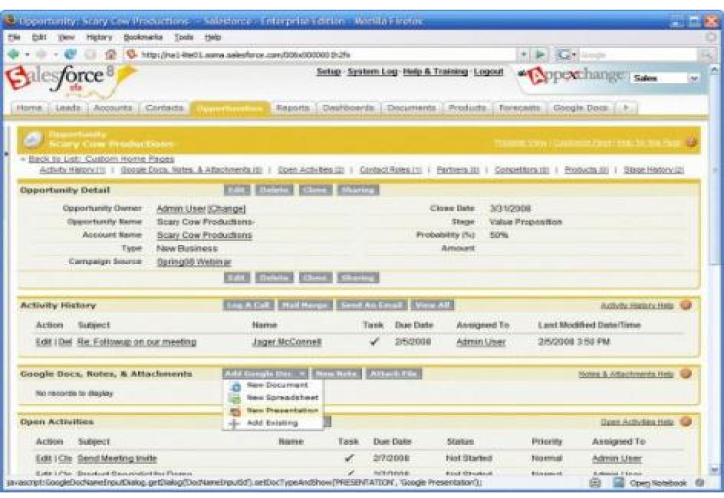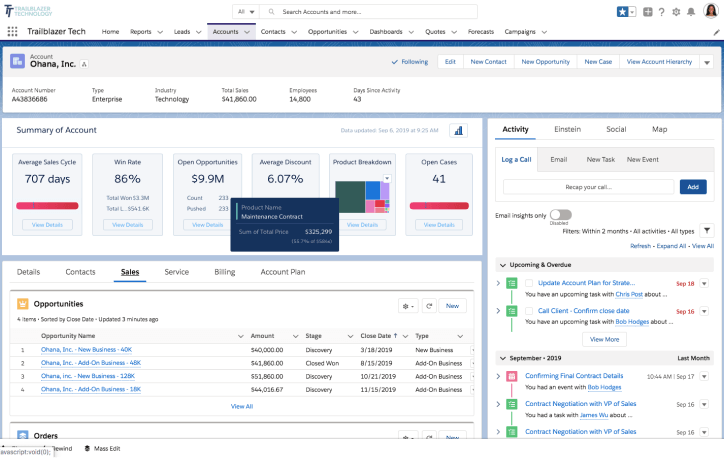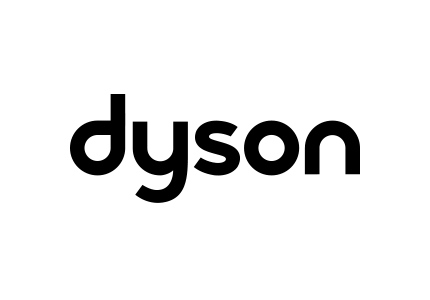Language is the new interface

February 2000: Marc Benioff leading “End of Software” protest in downtown San Francisco
How vector databases will usher in a new wave of enterprise software
What if your employees did not need to spend time maintaining your CRM or learning how to use your marketing software; how much more productive would your workforce be?
Thanks to generative AI, complicated enterprise software is undergoing a transformation. Large language models (LLMs) have shown us a radically different way of interacting with data through human language, and just like the graphical interface before it, it’s not an incremental change but rather a paradigm shift. To realize its promise, companies will need to restructure their entire software stack from the data layer to the interface.
In this post, we’ll expose a hidden source powering this LLM/GenAI revolution: vector embeddings. We’ll show how when utilized to its fullest, enterprise software interfaces go away entirely, and along with them an entire landscape of enterprise SaaS providers.
The origins of SaaS
In 1999 Marc Benioff had a novel idea: enterprise software was broken. In fact, it was so novel that he had to orchestrate protests in downtown San Francisco to get his point across. Enterprise software at the time was delivered physically where it was needed, on-premise, which led to a myriad of inefficiencies. His solution: cloud based Software as a Services, or SaaS.
Fast forward two decades and we now have entire categories of SaaS products that rake in nearly 20% of all venture capital. As opposed to consumer startups, these businesses often make money from day one, and grow into sizable public companies epitomized by Marc’s company Salesforce (market cap $220B).
The current state of SaaS
Even the best enterprise software is quite awful for human beings. Sign into a typical application and you’ll see an overwhelming amount of information – from busy navigation bars you can click on, to forms with dozens of data fields to fill out. Throw in a few knobs and it might be mistaken for an airplane cockpit.
Enterprise Software 2007
Enterprise software 2023
These interfaces haven’t materially changed since they first appeared. Design patterns have gotten more sophisticated, but structurally data is still presented in lots of unintuitive boxes. Why such clutter? To identify the culprit, we need to look deeper down the tech stack to the data layer.
Ground zero: the data layer
Traditional databases store data in ways that aren’t intuitive to people. Data is stored in tables with columns and rows. This artificial way of organizing data has proven quite robust for machines, allowing any data type to be placed into a box.
This approach relies on the principle of “categorization”, with each row/entry having an arbitrary numerical index or assignment in the database defined by a “data schema”. This allows data to be retrieved at lightning speed. The upshot is that it influences every layer up the tech stack. If we look back at the enterprise screens above, we can now see a connection. There is a set of boxes on the screen that map to the rows and columns in a database, and human beings are tasked with learning how to interact with the boxes by using software interfaces defined by the data schema. Whoever designs the data schema ends up defining the structure of the interface. All that product designers can do is put lipstick on the machine.
Vector embeddings: a radically different way of organizing data
Enter vector databases. While Large Language Models like ChatGPT have gotten the attention, it is “vector embeddings” that are powering this revolution. So what is a vector?
If you can remember back to high school you learned about these data structures in algebra (see example above). Many people are surprised to learn that something so elemental is at the heart of modern day machine learning advances. But it’s not just any old vector that has given these data types profundity. It’s the way in which data gets organized inside them; what turns a vector into a vector embedding.
Vector embeddings and human meaning
Embeddings are created via artifacts of human meaning. Rather than rely on a predefined “data schema” that explicitly sets the “categories” of knowledge to be stored, embeddings are created by machine learning algorithms in an uncategorized hyperdimensional realm called “vector space”.
It is here where human associations of meaning are made that can be represented in numerical form. Phrases like “A beloved family pet passed away recently” and “The dog we’ve had for many years died last week” which would have no relationship in a relational database are neighbors in vector space. Not because the words or letters are similar (they aren’t), but because to a human being they would have the same meaning.
Why is this so important to enterprise software?
The implications are vast. If data is stored in such a way where information is arranged based on natural human language rather than an arbitrary number, it will allow interfaces to be designed more naturally as well.
Consider what a CRM experience would look like for a GenAI-first company using a vector database compared with a traditional relational database powered CRM. A traditional CRM ask a sales rep to fill in a form that would capture static text about the user’s name, contact, age, etc. A GenAI CRM would not need a form, and instead would use a transcript of the conversation between the rep and the user.
Whereas the relational database powered CRM would have captured a neatly organized profile of the user, the GenAI CRM (trained on a corpus of customer interactions, in vector space) would capture orders of magnitude more meaning than any relational database ever could. Simple word choices, when mapped into vector space against thousands of other users, would reveal more about education and disposable income than any box could capture.
The downstream effects would compound. A company is more likely to predict which new user is ready to make an immediate purchase if they have the user’s natural conversations to reference against with other customer conversations in vector space. Some of the most precious KPIs can be more accurately forecasted: conversion rate, net promoter score, customer lifetime value. When everything is a box, the meaning can be missed.
This merely touches the surface. Taken to the extreme, most interfaces go away altogether. Why ask a user to sift through pages of options when they can prompt in plain English and have an LLM search through an AI curated relational database for them in a blink of an eye.
The future of enterprise software: the best interface is no interface
Traditional SaaS vendors are scrambling to figure out their GenAI strategy. Most are baking prompts into their applications (that’s not what is meant by language is the new interface!). To get the most out of GenAI, SaaS vendors will need to migrate into vector space, which means they will have to cannibalize their current offerings, a textbook innovator’s dilemma.
Learn how AI can improve the productivity of your customer-facing employees
Gunning for their customer base are a new wave of AI startups. Y Combinator, Silicon Valley’s more prolific producer of tech unicorns, had 91 AI startups in its latest batch, making up 35% the total. Most of these companies are targeting the enterprise. Time will tell whether the incumbents revamp their offerings before the onslaught of startups do it for them, but either way the winners will look radically different than today’s SaaS offerings. Time to bring back the picket signs: enterprise software is broken.
Sign up for our “AI Tips” newsletter
You’ll receive insights on how you can crawl→walk→run with GenAI







